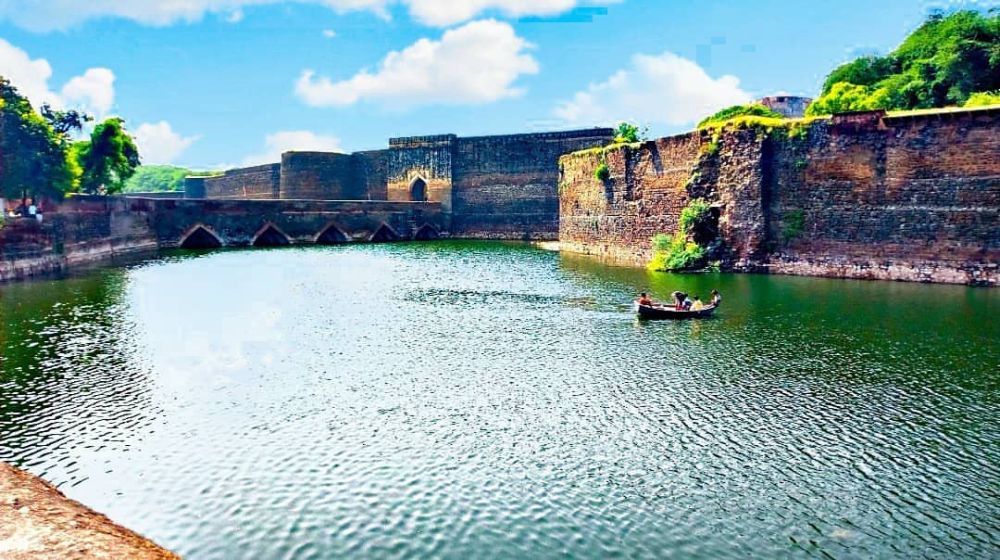

Nestled in the heart of Bharatpur, Rajasthan, India, the Lohagarh Fort, or "Iron Fort," stands as a shining example of architectural prowess and historical significance. Erected in the early 18th century by Maharaja Suraj Mal, the founder of Bharatpur, the fort is famed for its impregnable defenses, having withstood multiple attacks by the British forces.
The history of tourism at Lohagarh Fort traces back to the time when travel for leisure started to gain popularity among both domestic and international visitors. Initially, the fort drew the attention of history buffs and architecture enthusiasts, captivated by its structural design and the stories of bravery that embroidered its walls.
The fort's ingenious design includes a moat, which was once filled with water to deter enemy advances. The thick walls made of mud served to absorb the shock of cannonballs. Such features have consistently attracted tourists, keen to explore the practical yet historic methods of defense.
Equally alluring are the legends of the fort, especially those relating to the British sieges. Despite several attempts by colonial powers, the fort remained unconquered, a fact that swells local pride and stirs the curiosity of visitors. It is this blend of grandeur and might that has placed Lohagarh Fort high on the itinerary of anyone visiting Bharatpur.
In recent years, the tourism trend around Lohagarh Fort has intertwined with the eco-tourism movement. The nearby Keoladeo National Park, a UNESCO World Heritage Site famous for its avian population, has become a magnet for bird watchers and nature enthusiasts. This has effectively amplified the fort's appeal, as tourists often combine historical exploration with bird watching in their travel plans.
Today, Lohagarh Fort has embraced modern tourism trends while continuing to protect its historical essence. Visitors can enjoy guided tours that reveal the fort's past, its strategic importance, and the blend of Mughal and Rajput architectural elements.
The fort also plays host to various cultural events and festivals, providing rich, immersive experiences. Through these events, tourists can witness local arts, crafts, dance, and music, all of which add layers of cultural understanding to their visit.
Bharatpur is well-connected by road and rail, making Lohagarh Fort easily accessible for tourists. The closest major airport is located in Jaipur, the state capital, which is approximately 180 kilometers away.
With its enduring strength, dramatic history, and evolving tourism offerings, Lohagarh Fort continues to shine as a beacon of Bharatpur heritage, offering a window into the past while holding a firm place in the present.